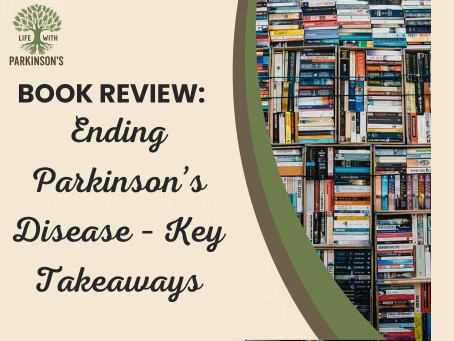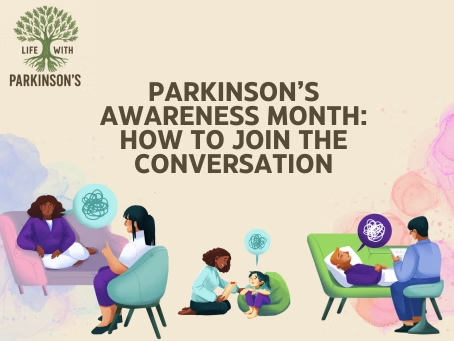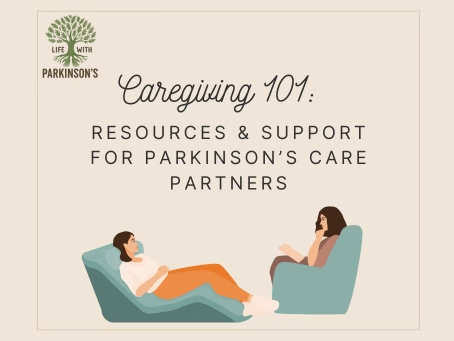Living with Parkinson’s comes with daily challenges, but it also brings opportunities to explore new approaches that may help improve quality of life. One treatment I’ve added to my personal plan is red light therapy, also known as photobiomodulation.
In this post, I want to share my experience with red light therapy—how safe I’ve found it, how versatile it is in addressing different issues, and why I believe it has been cost-effective for me. I’ve been using my Rouge Care Canada Pro G3 red light panel for over 18 months now, and it has become an essential part of my routine.
Is Red Light Therapy Safe?
One of the first questions I get is: “Is red light therapy really safe?”
I understand the hesitation. Many of us associate “light” with the risks of UV rays, like sunburns or skin cancer. So, the idea that sitting in front of a panel of light could actually help seems hard to accept at first.
But my personal experience has been reassuring:
- After 18 months of daily use, I’ve had no adverse effects.
- The short list of potential side effects is minimal—mild skin reddening (not a sunburn, since no UV is involved) and occasional eye strain, like what you’d get from staring into a flashlight.
- Clinical research generally agrees: red light therapy is non-invasive, safe, and natural, with little to no adverse reactions.
To me, this comes down to common sense. Just like a toaster—it’s perfectly safe when used properly, but it could be dangerous if misused. The same applies to a red light panel: follow the instructions, and it’s safe.
Contraindications to Be Aware Of
It’s important to acknowledge that not every therapy works for everyone. There will always be contraindications—factors that make a treatment unsuitable for some.
For red light therapy, the main contraindications are:
- Epilepsy
- Photosensitivity
- Skin cancer
Beyond that, there aren’t many barriers. But as always, it’s best to consult with a healthcare professional if you’re unsure.
How Red Light Therapy Has Helped Me
While safety is one thing, the real question is: does it work?
For me, the answer is yes. My panel has provided real benefits in multiple areas of my health:
- Managing Parkinson’s symptoms
- Boosting energy levels
- Reducing pain from arthritis in my left pinky
- Easing aches, muscle strains, and everyday discomforts
The improvements have been significant enough that I feel compelled to share this with others.
Energy and Mitochondria Support
One of the standout benefits for me has been better energy. Fatigue is something many of us with Parkinson’s struggle with, and red light therapy has given me a way to recharge.
Here’s how it fits into my lifestyle:
- I’ve gone gluten-free, which was a big shift.
- I’ve worked on removing fluoride from my system.
- I’ve tried to focus more on eating foods that fuel mitochondrial energy.
Even with these changes, I still find the red light panel gives me a steady source of energy support. By helping my mitochondria recharge, it seems to lessen the fatigue that Parkinson’s can bring.
Comparing It to Physio and Medications
I’ve had hundreds of physiotherapy appointments over the years. Typically, they’d use tools like stim packs or ultrasound machines to treat strains or injuries.
What I’ve discovered is that my red light panel does much of that same work for me—at home, on my own schedule.
For me, this has meant:
- Fewer physio visits (though I’m not suggesting anyone skip appointments if they help you).
- Lower costs, since I’m not paying for repeated sessions.
- Fewer medications for aches and pains, since the panel helps manage those issues without needing to refill prescriptions month after month.
Buying the panel once has saved me repeated expenses over time.
Cost-Effectiveness and Quality
Something I’ve learned over the years is that you often get what you pay for.
Cheap, lower-quality products can cost more in the long run because of breakdowns, poor performance, or replacement needs. Investing in high-quality equipment usually saves money and hassle in the long run.
That’s why I trust Rouge Care Canada. Their panels are:
- Built with quality materials
- Third-party tested for safety and performance
- Backed by a 60-day money-back guarantee
My experience has been that investing in a high-quality panel has been well worth it.
Spotlight: Rouge Red Light Therapy
Rouge is a red light therapy company dedicated to helping people look, feel, and perform at their best. Their mission is simple — to make safe, powerful, and effective red light panels accessible for both home and professional use.

With a foundation built on science and care, Rouge believes that everyone deserves tools that support healing, recovery, and overall well-being. Their cutting-edge red-light therapy panels are designed to deliver real results — backed by superior build quality and customer service that truly stands out.
If you’re exploring natural ways to support energy, mood, or muscle recovery, Rouge might be worth a closer look.👉 Learn more at RougeCare.ca
A Note from Me
I want to emphasize that this is my story. My results may not match yours, and that’s okay. Each of us with Parkinson’s has unique challenges, and what works for me might not work for everyone.
My goal is to share openly and honestly so you can see what has helped me—and then decide if it’s worth exploring for yourself.
Caregiver’s Corner
If you’re a caregiver, you may wonder whether something like red light therapy is worth the investment. From my perspective, its safety profile and at-home convenience make it a low-risk addition to a care plan. It has also reduced some of my reliance on medications and in-person therapy, which may be encouraging for caregivers looking to support their loved one’s independence.
Medical Disclaimer
I am not a doctor. I’m sharing my personal experience with red light therapy as someone living with Parkinson’s disease. Red light therapy may not be safe or effective for everyone, especially those with conditions like epilepsy, photosensitivity, or skin cancer.
Always consult your healthcare provider before adding or changing any treatment in your care plan.



